How to Conduct User or Stakeholder Interviews

At Core Strategy Partners we specialize in human-centered design and we understand the importance of conducting user or stakeholder interviews to gain a deep understanding of people’s experiences, behaviors, and attitudes. In this blog post, we’ll provide a detailed guide on conducting in-depth interviews that will help you gain valuable insights into your users or stakeholders:
Step 1 – Define your research question before you begin conducting in-depth interviews: What do you want to learn from your users or stakeholders? What specific insights do you hope to gain? Defining your research question will help you structure your interviews and ensure that you are collecting relevant information.
Step 2- Identify your participants: Once you’ve defined your research question, it’s time to identify your participants. Who are the people you want to interview? Are they users of a specific product or service, or are they stakeholders who have a vested interest in a particular issue? It’s important to select participants who have relevant experiences and perspectives that will help you answer your research question.
Step 3 – Develop your interview guide: To conduct effective in-depth interviews, you’ll need to develop an interview guide. An interview guide is a list of questions that you will ask your participants during the interview. It should be structured around your research question and should include open-ended questions that allow your participants to provide detailed responses.
Step 4 – Conduct the interviews: When conducting in-depth interviews, it’s important to create a comfortable and safe environment for your participants. Start by introducing yourself and explaining the purpose of the interview. Encourage your participants to speak openly and honestly and let them know that their responses will be kept confidential.
During the interview, give your participants plenty of time to respond. Use follow-up questions to probe deeper into specific topics or to clarify responses. Be sure to listen actively and take notes on your participants’ responses.
Tips for conducting effective in-depth interviews:
- Start with easy questions: Begin your interviews with easy questions that are less personal or sensitive. This will help your participants feel more comfortable and open up to more personal or sensitive questions later in the interview.
- Use non-judgmental language: Use non-judgmental language and avoid leading questions that may influence your participants’ responses. Ask questions in a neutral tone and allow your participants to provide their own perspectives.
- Be flexible: Be flexible and willing to adjust your interview guide based on your participants’ responses. Follow-up on interesting or unexpected responses and let the conversation flow naturally.
- Listen actively: Listen actively and give your participants your full attention. Avoid interrupting or speaking over your participants and show that you value their insights and experiences.
Step 5 – Analyze the data: After conducting your interviews, it’s time to analyze the data you’ve collected. Start by reviewing your notes and identifying common themes and patterns. Look for insights that answer your research question and highlight important issues or opportunities.
Step 6 – Synthesize the findings: Finally, it’s time to synthesize the findings from your interviews. Create a report that summarizes your findings and highlights key insights. Use quotes and anecdotes from your interviews to bring your findings to life and provide context for your recommendations.
In conclusion, in-depth interviews are a powerful tool for gaining a deep understanding of your users or stakeholders. By following these six steps and tips for conducting effective interviews, you can gain valuable insights that will help you create solutions that are tailored to people’s needs and preferences. At Core Strategy Partners, we are committed to using in-depth interviews and other qualitative research strategies to create solutions that are inclusive, sustainable, and effective.
